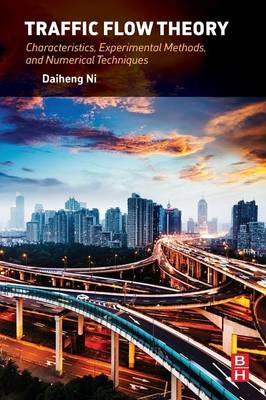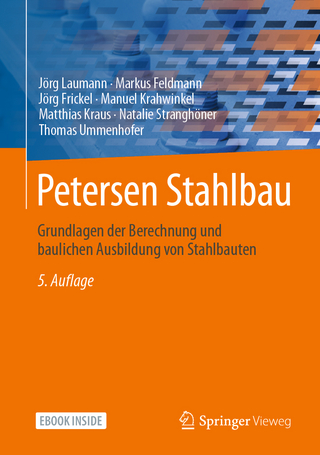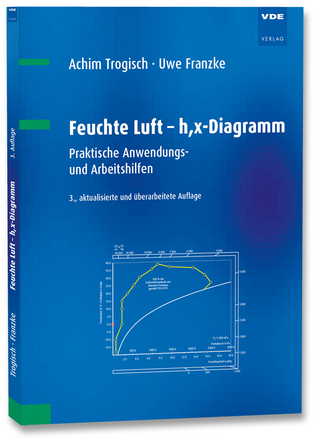
Traffic Flow Theory
Butterworth-Heinemann Inc (Verlag)
978-0-12-804134-5 (ISBN)
Dr. Ni has been a Professor at UMass Amherst since 2006. At the Georgia Institute of Technology, he earned his PhD in Transportation and Operations Research in 2004, his MSc in Industrial Engineering in 2003, his MSc in Transportation in 2001, and his MSc in Mechanical Engineering at the Beijing Agricultural Engineering University in 1994. His research interests focus on traffic flow modeling and simulation, intelligent transportation systems, traffic sensing and information technology, connected and automated vehicles. He is an Associate Editor for the Journal of Intelligent Transportation Systems (Taylor & Francis) and a ‘friend’ member of the TRB Committee on Traffic Flow Theory and Characteristics (ACP50).
Table of Contents
Part I Traffic Flow Characteristics
1 Traffic Sensing Technologies
2 Traffic Flow Characteristics I
3 Traffic Flow characteristics II
4 Equilibrium Traffic Flow Models
Part II Macroscopic Modeling
5 Conservation Law
6 Waves
7 Shock and Rarefaction Waves
8 LWR Model
9 Numerical Solutions
10 Simplified Theory of K-Waves
11 High-Order Models
Part III Microscopic Modeling
12 Microscopic Modeling
13 Pipes and Forbes Models
14 General Motors Models
15 Gipps Model
16 More Single-Regime Models
17 More Intelligent Models
Part IV Picoscopic Modeling
18 Picoscopic Modeling
19 Engine Modeling
20 Vehicle Modeling
21 The Field Theory
22 Longitudinal Control Model
Part V The Unified Perspective
23 The Unified Diagram
24 Multiscale Traffic Flow Modeling
| Erscheinungsdatum | 04.11.2015 |
|---|---|
| Verlagsort | Woburn |
| Sprache | englisch |
| Maße | 152 x 229 mm |
| Gewicht | 680 g |
| Themenwelt | Technik ► Bauwesen |
| ISBN-10 | 0-12-804134-X / 012804134X |
| ISBN-13 | 978-0-12-804134-5 / 9780128041345 |
| Zustand | Neuware |
| Haben Sie eine Frage zum Produkt? |
aus dem Bereich


